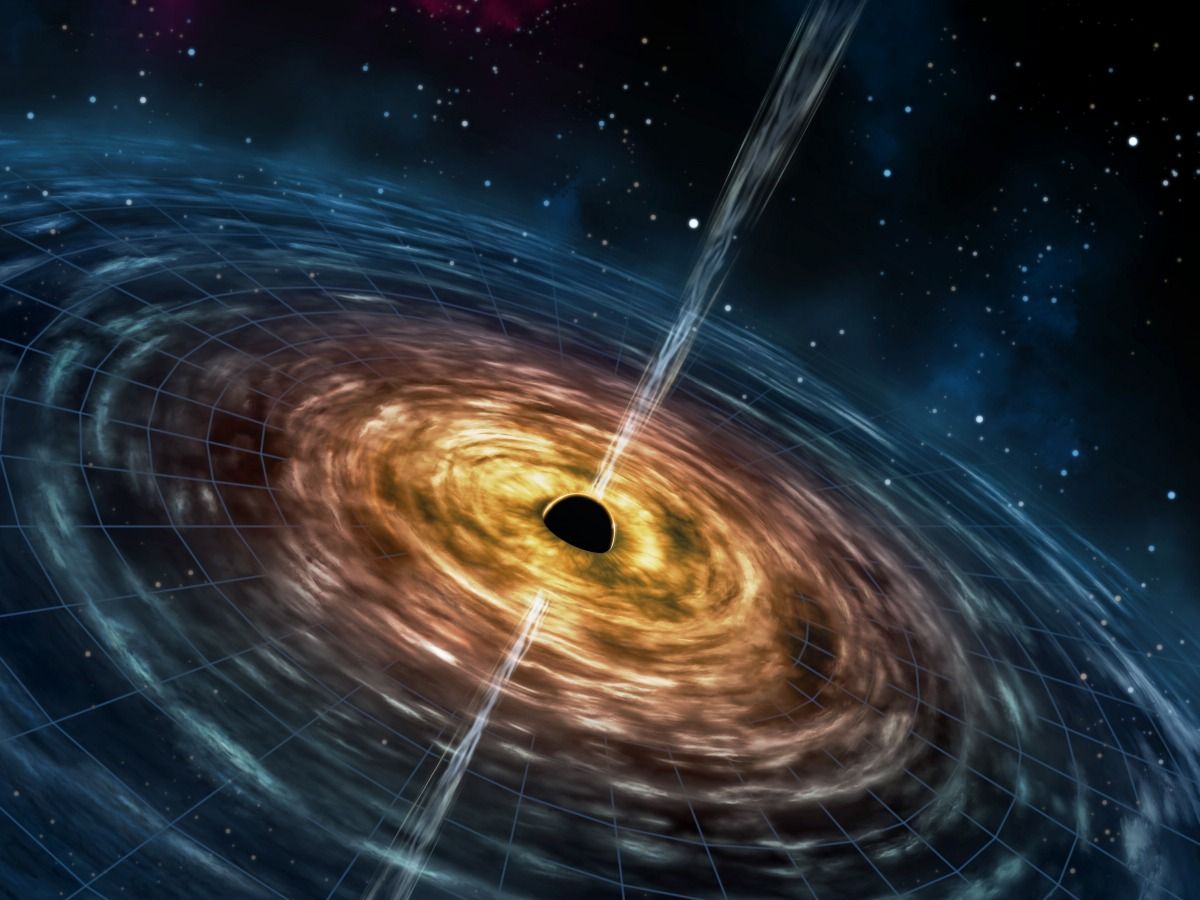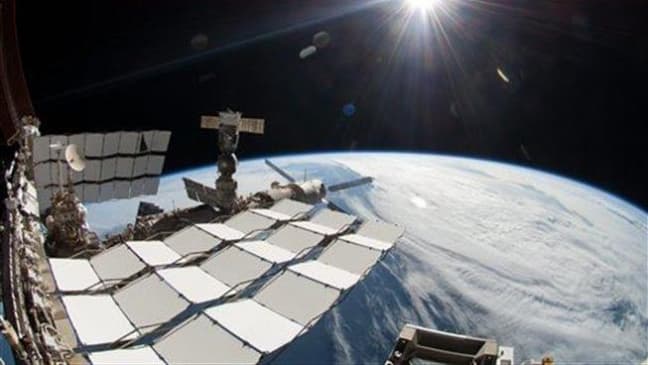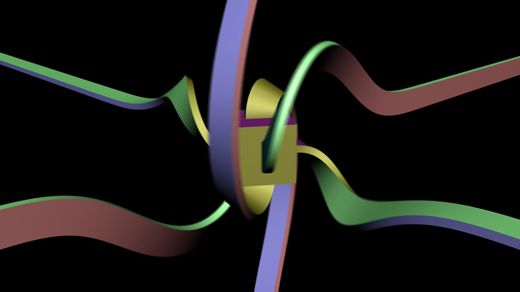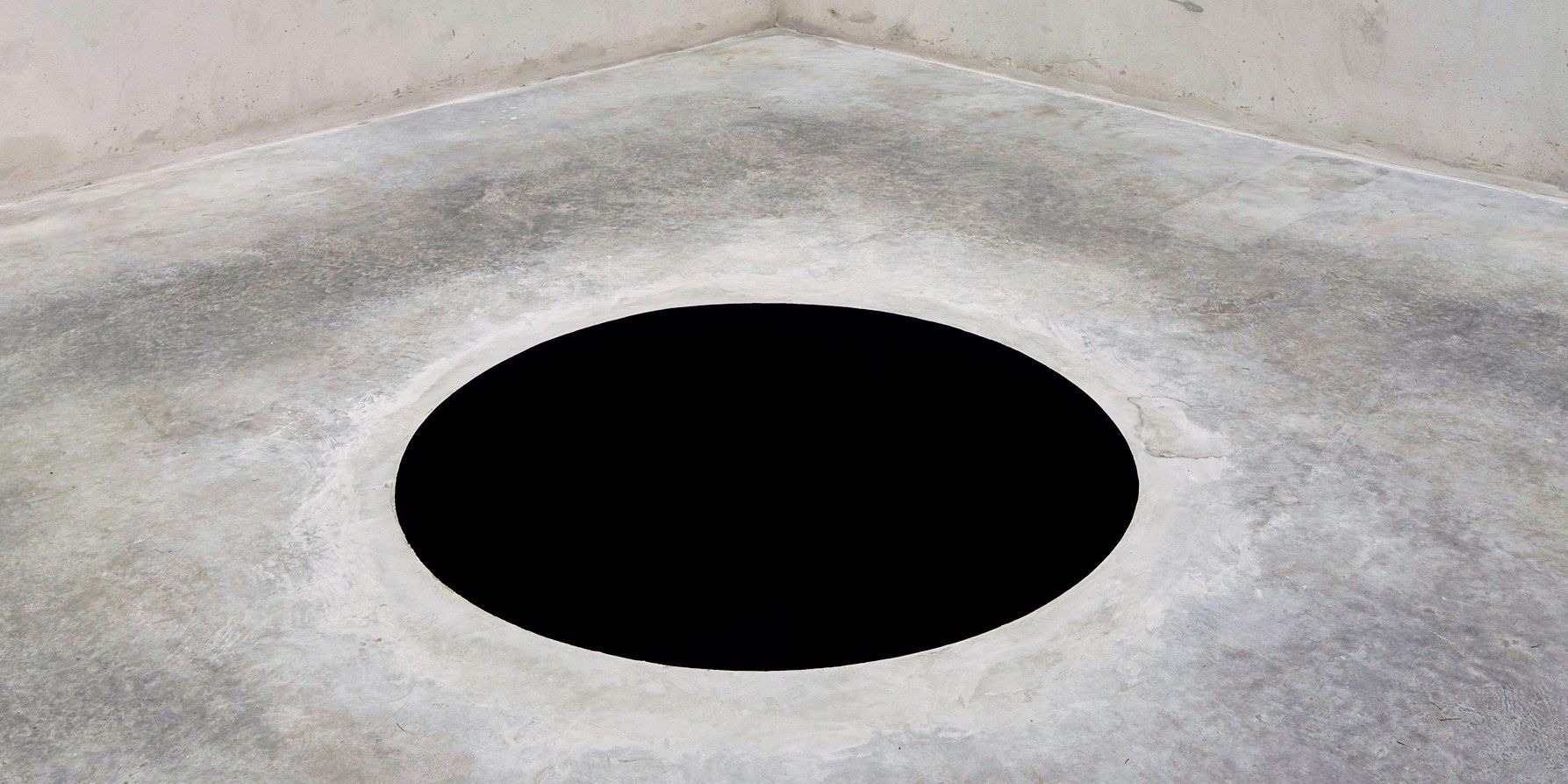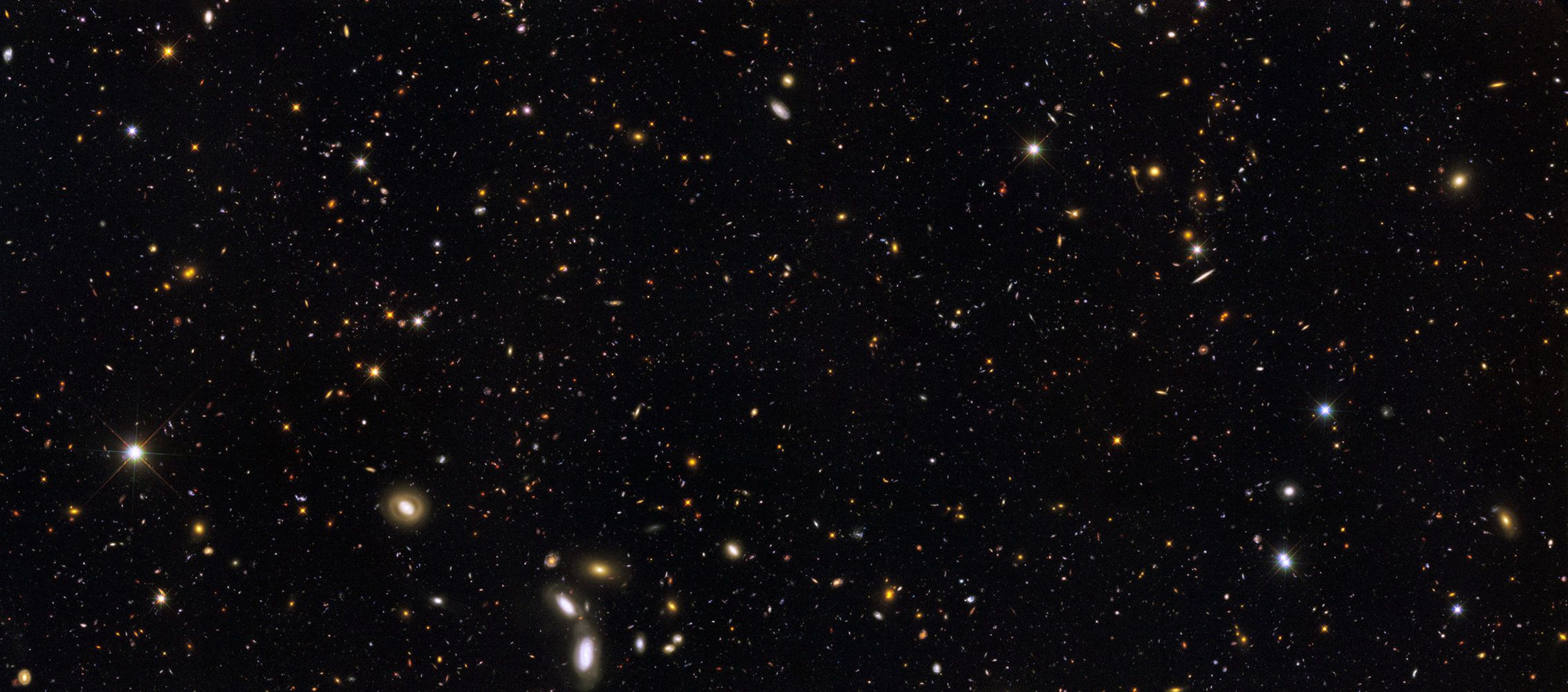Sep 15, 2018
Roadmap of technological singularity
Posted by Steve Nichols in categories: physics, robotics/AI, singularity
https://paper.li/e-1437691924#/
Recently, we might often have heard of the term “technological singularity” with the hypothesis that accelerating progress in technological inventions will cause a runaway effect that will make ordinary humans someday be overtaken by artificial intelligence.
The term seems to be appeared very contemporary to this technology era but in fact, thought about singularity has a long philosophical history.
